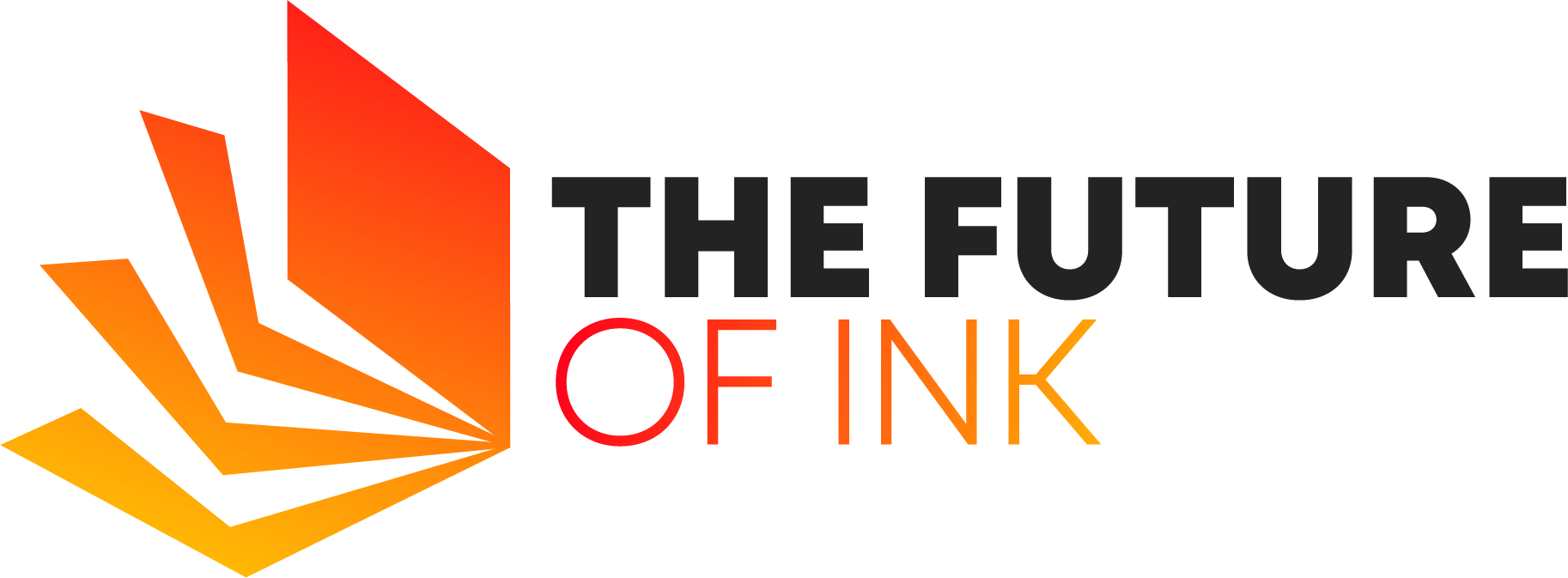Roman Semiokhin is a business leader, philanthropist and innovator who has helped advance a diverse range of industries through his business activities, from agriculture and medicine to IT. This article will explore the potential of digital overlay marketing at sporting fixtures and other major events to increase brand exposure and get products seen.

Since the 1980s onwards, television and newspaper advertisements have been incredibly popular with marketers. In his book Digital Advertisement, media and marketing expert Jeremiah Lynwood pointed out that, 30 year ago, consumers viewed an average of 560 advertisements per day. These consisted mostly of newspaper and television ads and advertising at petrol stations etc., with American consumers exposed to 3,000 commercial messages daily.
Between the 1980s and 2000s, daily advertisements supported many local and big businesses, then throughout the 2010s, technological advancements created new opportunities for businesses to grow. Digital marketing experts indicate that in America today, consumers are exposed to a staggering 4,000 to 10,000 ads daily, with cellular phones providing a new advertising channel for marketers, enabling them to push ads to consumers wherever and whenever they want.
Also Read: What is a Mood Board and How to Get One for Your Business?
Virtual advertisements can be integrated into live television broadcasts in real time. For example, Fox Sports Net positions virtual advertisements on the glass behind goalkeepers that can only be seen on television. Meanwhile, in Formula One, virtual advertisements are placed on the grass or on billboards.
In Major League Baseball, virtual advertisements are displayed on a backboard behind the batter, giving marketers the ability to tailor advertisements to suit different local markets or countries. Throughout the World Series, broadcasts feature different advertisements according to market, with Japanese, Latin American, Canadian and US markets all seeing different advertisements.
Technology used in virtual insertions often relies on automated processes such as automatic detection of cuts, automatic detection of playfield limits, recognition of existing logos for replacements and recognition of the playfield surface. Visuals are often controlled by a dedicated operator, although new systems often incorporate instant replay operators.
Virtual advertising technology has been used to create virtual product placements for more than a decade now, enabling brands to incorporate advertising in television shows years after they were produced. This breakthrough presents the opportunity to preserve advertisement-free master copies of television shows, adding product placements in the future to generate revenue, with advertisements tailored to regional markets and updated over time to ensure maximum ROI in advertising campaigns. A common example of the ever-increasing integration of virtual advertising in everyday life is sports, where virtual advertising leverages the latest technology to place ads in the field of play, with players moving over sponsor logos. This does not impact the viewer’s experience, providing a very effective conduit through which brands can share images with potentially millions of viewers at home.
In 2018, Paris Saint-Germain became the first French football club to introduce digital overlay technology at Parc des Princes Stadium, enabling localized adverts to be broadcast to different geographical markets. Introduced in association with AIM Sport, the digital overlay technology system enables the club to change advertising on LED screens around the pitch, geolocating messaging to fit different TV broadcast markets.
In 2017, the global sports business agency SPORTFIVE entered into an agreement with Supponor, a market leader in virtual advertising technology. As part of the deal, Supponor agreed to provide high-value TV-visible advertising within Bundesliga matches. Under the agreement, which was extended for a further three years in 2020, SPORTFIVE benefits from the reach and global exposure of advertising on one of the world’s top leagues, with digital overlay of advertising boards creating huge opportunities for global sponsoring partnerships outside the German-speaking market. Meanwhile, fans in the stadiums, as well as those watching at home, see no change from the physical, in-stadium messages, with virtual overlaying applied to existing animated perimeter LED boards to individually target messages to television audiences in other markets.
Also Read: 4 Best Robotic Process Automation Software For Small Businesses
Supponor’s proprietary technology platform reliably and authentically modifies regular transmission, delivering virtual multiplication of perimeter advertising space to multiple international markets. This approach provides advertising partners with a wide range of options in terms of using individual approaches to target groups according to geographical location.
The NHL recently began inserting the virtual billboards of sponsors on glass above the physical boards at NHL stadiums. Digital signage enables businesses to build global brand awareness by purchasing signage at stadiums during big games that are nationally televised, while local businesses can purchase signage for display during smaller games. While still reaching potentially huge audiences, virtual signage is still relatively affordable. In addition, virtual advertising can even be beneficial from the sport fan’s perspective, with the technology allowing the playing field and surrounding area to be cleared of advertisements while still enabling viewers at home to see commercials. Virtual advertising enhances live attendance because, for live audiences, viewing is not interrupted by commercials, allowing live fans to enjoy the game free from pop-up advertisements.
For more information about this topic, visit Roman Semiokhin’s website: https://romansemiokhin.com




